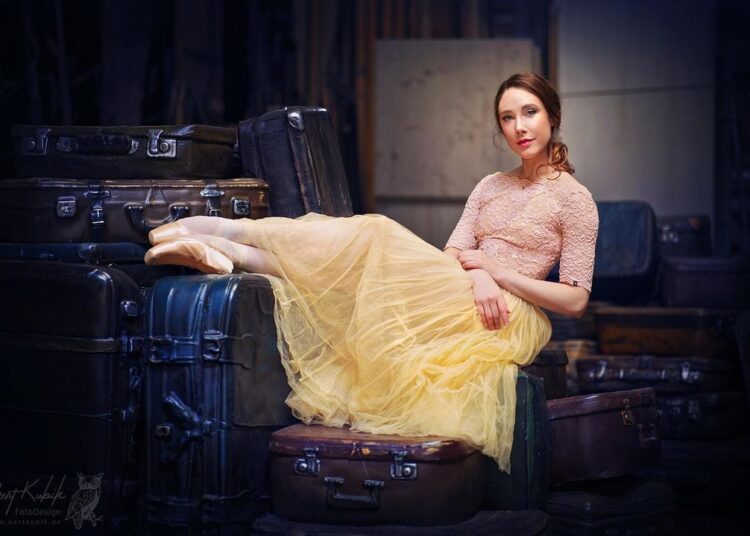The name of Yolanda Correa has not gone unnoticed for a long time. Her dance is instantly awe-inspiring, no matter if she performs great ballet classics, a modern dance piece or a contemporary composition.
Perhaps this is due, beyond her innate talent, to the passion that she imprinted from the beginning on the sacrificing art of classical dance. “Great dancers are not great because of their technique, they are great because of their passion,” pioneering modern dance teacher Martha Graham reminds us.
Yolanda Correa is that: a brilliant artist. Fifteen years ago, in 2009, she was named first dancer of the National Ballet of Cuba, the company that saw her artistic birth, as they say. Then the desire to go beyond grew, to learn new ways of expressing herself through movement, to drink from other sources.
Thus she joined the cast of Víctor Ullate’s ballet in Spain, and then went to the National Ballet of Norway, as a leading figure, and then temporarily joined the Staatsballett-Berlin and later returned to the company in Oslo, where she currently resides.
She was awarded the Leonide Massine Positano Dance Award (2012), as the best emerging dancer on the international scene of that year, among other recognitions.
Yolanda has dazzled with her skill on stages around the world; she has been part of diverse casts, from the San Carlo Theater Ballet in Naples to the Royal Ballet of Denmark, boasting in all of them of her versatility. She has been Giselle, Odette/Odile, Aurora, Manon, Oneguin’s Tatiana, a Juliet for Romeo and many other characters that she has defended with special dedication on the stage.
Those of us who had the opportunity to follow the presentations of the 27th edition of the 2022 Havana International Ballet Festival, in the twilight of the COVID-19 pandemic, when we returned to filling the halls and theaters after the long confinement, found Yolanda. As expected, she moved viewers in several of her choreographic facets.
In the midst of those tremendous nights of the event, we saw a different Giselle every day — Anette Delgado, María Kochetkova, Susanna Salvi, Viengsay Valdés came on stage — and Yolanda showed what she was capable of with her masterful interpretation of the young peasant girl who is dying of love. Her performance with the Russian Semyon Chudin, from the Bolshoi Ballet, was one of the most acclaimed.
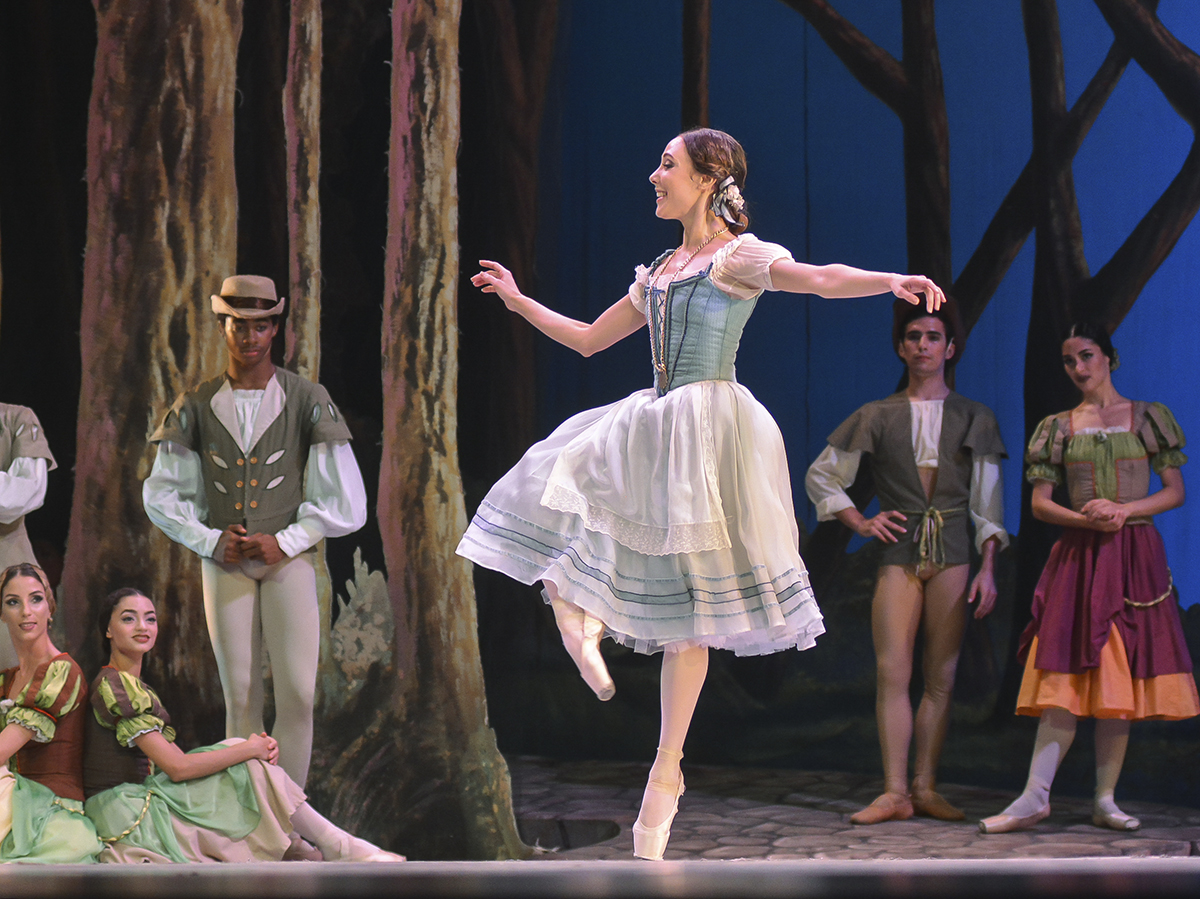
Then we saw her in the center of two memorable pieces, between “The Death of the Swan,” by Michel Fokine, and Cygne, a choreography as risky as it was sublime, by the Argentine Daniel Proietto.
When the Havana public least expected it, Correa returned during the presentations of the Jubilee for the 75 years of the National Ballet of Cuba, in October 2023, together with her training partner at the National Ballet of Norway, the also Cuban Ricardo Castellanos, to perform the second act of Swan Lake and, at the grand anniversary celebration gala, the “Diana and Actaeon” pas de deux.
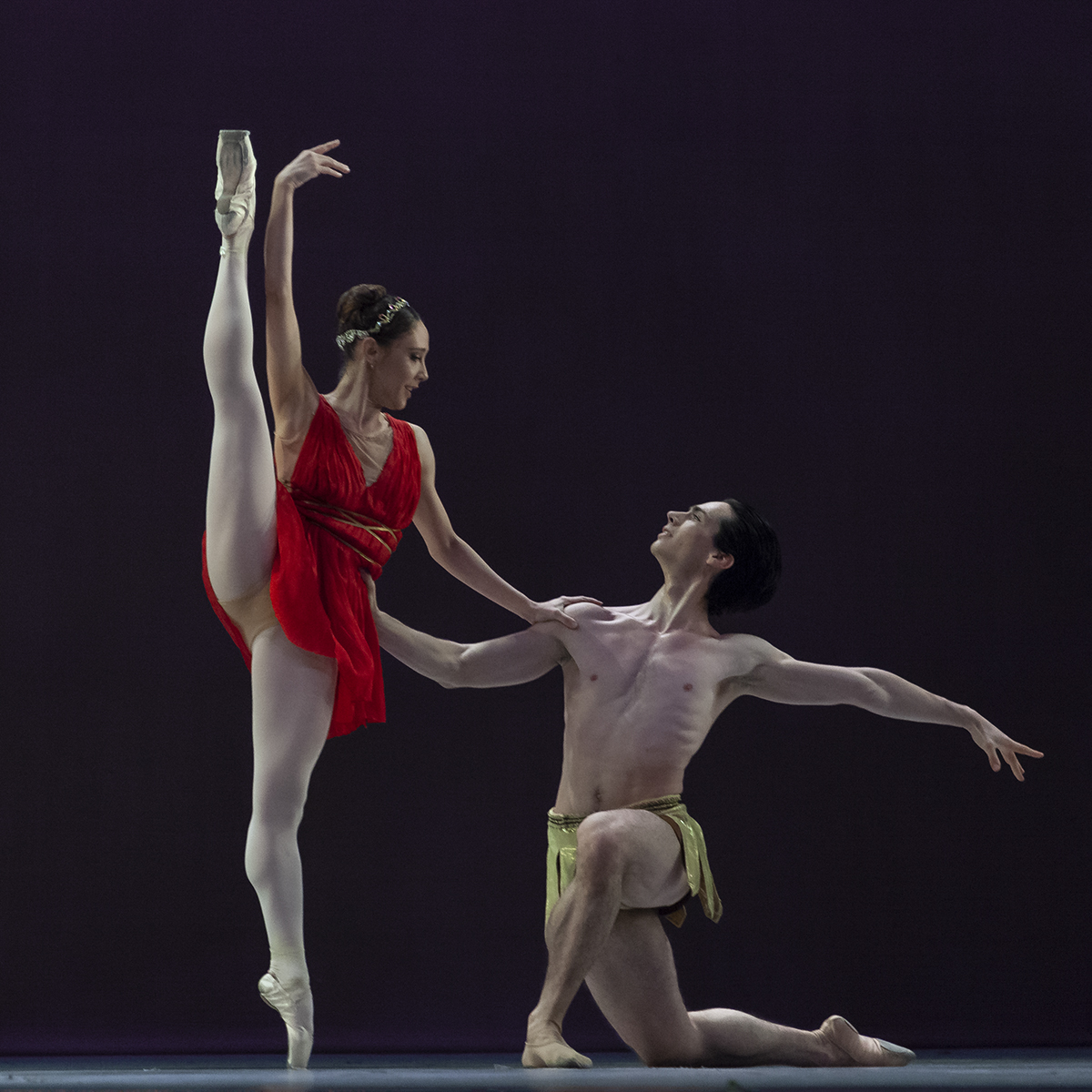
That gala still thrills in the memory of those who lived it. Several generations, between young people seeking their path in this art and established figures of Cuban classical dance, gathered to celebrate a shared artistic legacy, the same one that many of them defend in other latitudes.
From most veterans such as Aurora Bosch, Alberto Méndez and María Elena Llorente, to the vibrant Carlos Acosta, Lorna Feijóo, Joel Carreño, Alejandro Virelles, Yolanda herself, and many others, joined the Cuban ballet company, currently directed by Viengsay Valdes.
Together with the public, they celebrated decades of training. This living tree, with cemented roots and healthy fruits spread around the world, is a guarantee of the diversity and mobility of the artistic legacy of the founders Alicia, Alberto, and Fernando Alonso.
Yolanda Correa’s career has been a notable example of this.
From Holguín to Oslo: dance as a path, refuge and joy
It is October 27, 2023. It is almost evening and rehearsals are taking place against the clock at the Avellaneda room. Several pieces make up the program. If someone takes more time than they should rehearse, the rest fall behind. An attempt is made to be millimetric, despite the usual setbacks on stage.
The next day, the National Ballet of Cuba will celebrate the 75th anniversary of its founding, a date that, despite the fuel crisis and economic instability that Cuba has been suffering for a long time, the company manages to celebrate with a varied program of performances throughout October in the National Theater of Cuba, with good attendance.
The rehearsal anticipates a memorable evening. The ability that dancers have to overcome physical circumstances typical of a human body is surprising. We see them backstage walking, sometimes with difficulty because the leotard is tighter than usual, or feeling a muscle that is hurting, but when they go on stage those difficulties dissolve.
One of the great personal battles of the performing artist is fought backstage, in that decisive moment of crossing the threshold to interpret the fictional being. The transformation produces the magic that will later be appreciated and applauded by the public.
Yolanda Correa was in the middle of that artistic process when I approached her. She had just rehearsed with Ricardo Castellanos the pas de deux “Diana and Actaeon” — they would dance this piece together for the first time —, a choreography inspired by the creations of Agrippina Vagánova and Vajtan Chabukiani about the mythological story of the goddess and the hunter told by the Roman poet Ovid in The Metamorphoses.
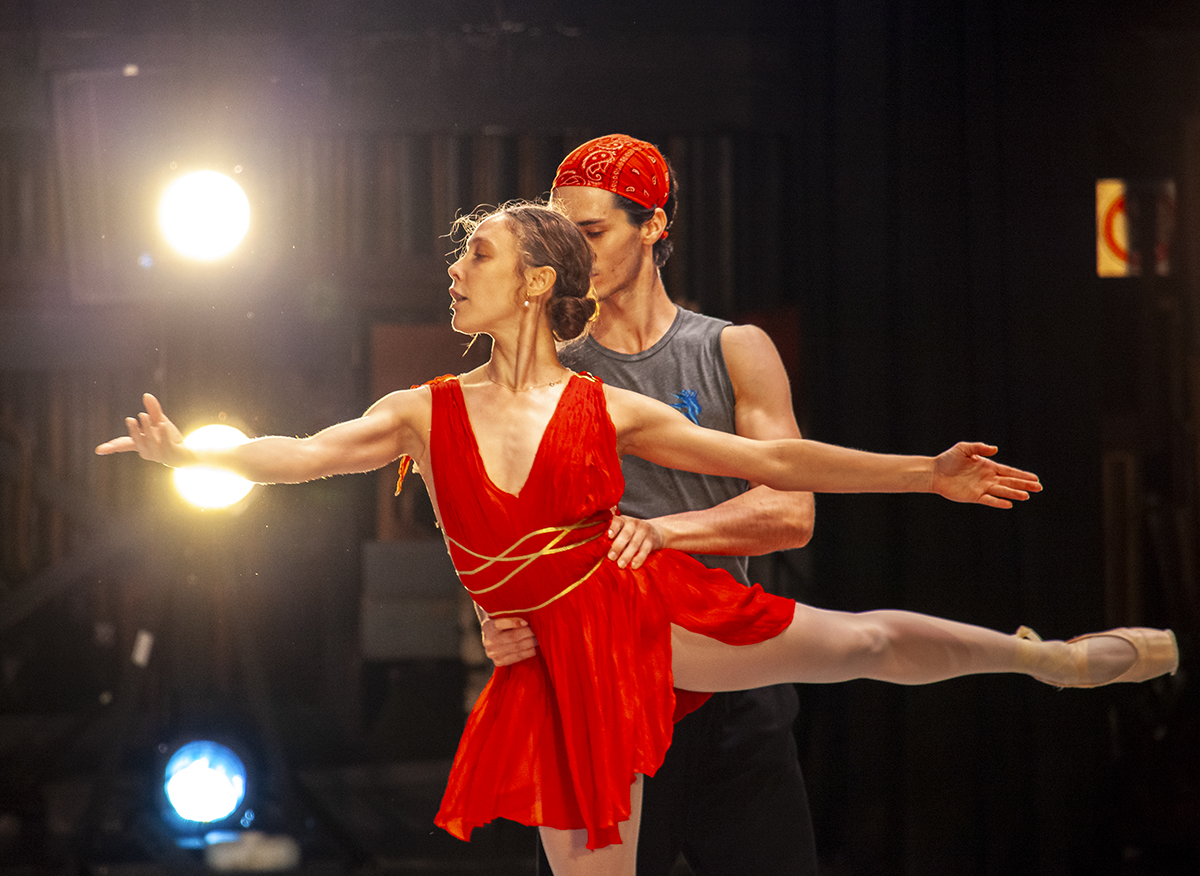
It turns out that one day Actaeon and his men, together with his dogs, went hunting in the forest. On a detour, Actaeon runs into the goddess Diana and her nymphs, on the other side of a river, while they were bathing. Actaeon’s casual recklessness aroused the anger of the goddess, who had been caught naked.
“Now for you, who have seen me leaving my attire, may you say — if you could say — it is lawful,” said the goddess — in Ovid’s narration — before turning the hunter into a deer, who would then be devoured by his own dogs. The scene has been an inspiration for painters, writers and, of course, choreographers.
And there was Diana, or rather, Yolanda, with her thoughts, a priori, on the steps that she had just rehearsed in a pas de deux that she knows perfectly and has danced on several occasions. Something wasn’t going how she wanted and she needed another pass before the big show the next day. Her gaze showed the concentration that a creative process requires; even more so if it is a piece that is in the artistic DNA of a performer. In short, it is about being demanding so that the work turns out the way you want.
Since she first joined the ranks of the National Ballet of Cuba in 2000, Yolanda Correa’s fate has been marked by constant work, in addition to the perfection of a technique that would soon stand out alongside that of other generation colleagues, such as Sadaise Arencibia or Elier Bourzac.
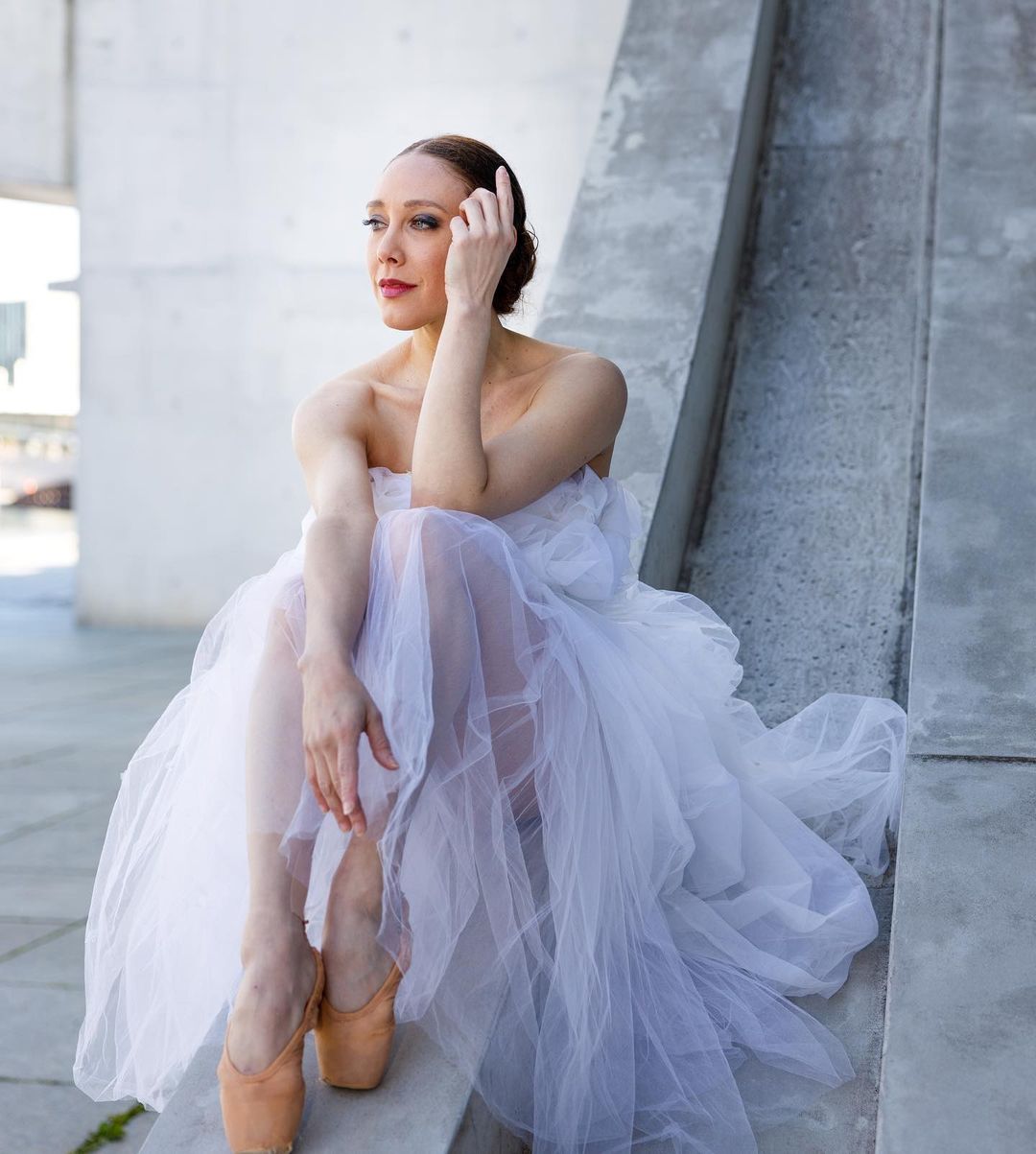
In 2002 she was promoted to the rank of first soloist and in 2004 to principal dancer. She would then make her debut in the role of Giselle, in 2006, a litmus test for future prima ballerinas. Three years after her debut in the iconic character of romanticism, Correa rose to the highest position she could aspire to within a dance company.
Time has witnessed the value of a performer who achieves mimicry with each character she assumes, without neglecting the technical and artistic. It is the same artist who is now sitting in one of the dressing rooms of the National Theater of Cuba, among the hustle and bustle of the young dancers going from one place to the other, the comings and goings of the technicians, and the concern about being called for the rehearsal of the function’s great closing parade.
“We must be alert in case they call us. Will we hear if they call us?” says Yolanda, worried that they will miss her at the rehearsal, but she seems willing to talk with OnCuba in this meeting for which she had reserved a quarter of an hour.
The talk, however, extended, because Yolanda is cordial, genuine, and peaceful and she talks limitlessly about her life, the difficulties faced, and the dreams that have helped her not give up.
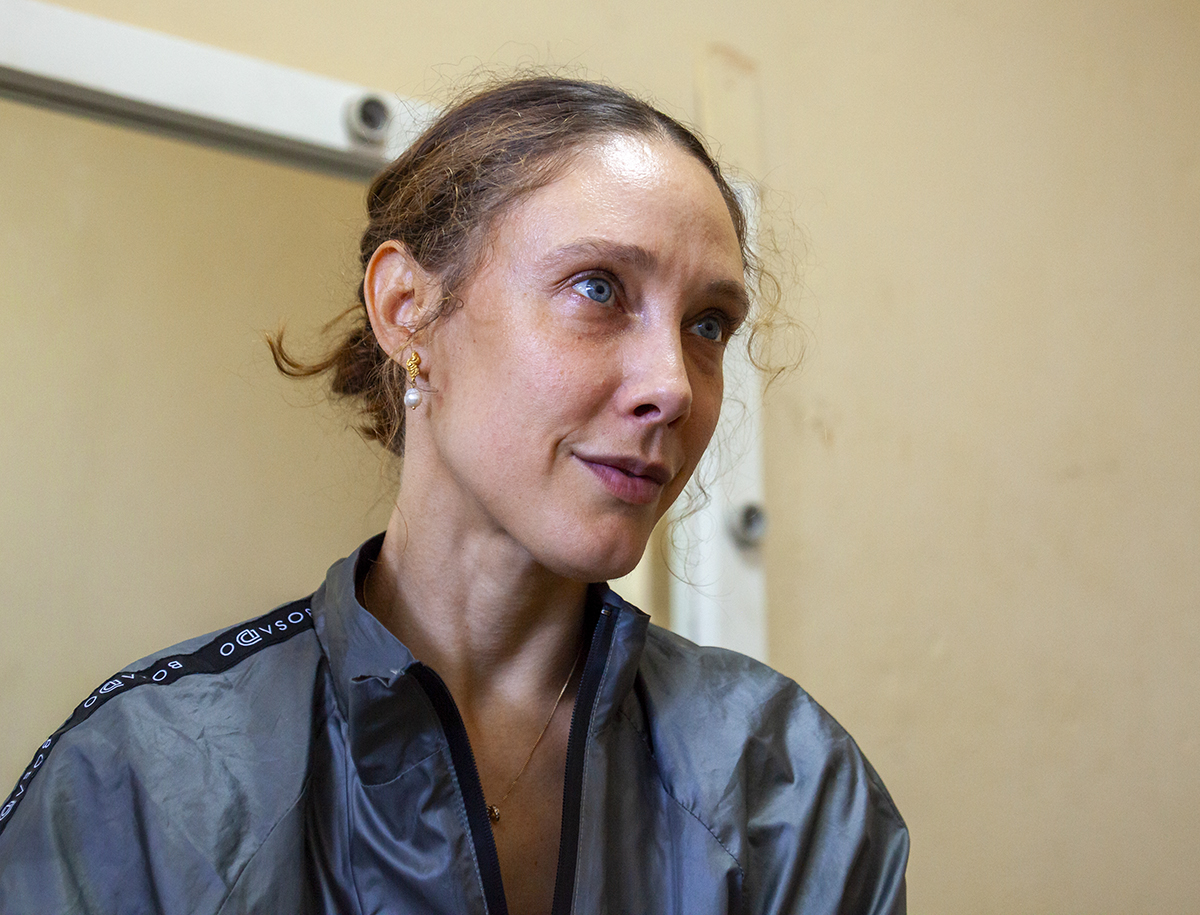
She begins to speak with her mind still focused on the steps of the rehearsal. Little by little she relaxes and remembers that effort in her profession is an essential requirement to embark on the path. Yolanda Correa’s life story is, without a doubt, an example for any new performer who wants to carve out a successful career. She then remembers her time at the National Ballet of Cuba as “the perfect training” for everything that followed in her career.
“Cuba is a country that has always had a very difficult situation, and the culture — the artists —, to survive, has had to make a lot of effort. The fact that we can perform functions, even if we have few working conditions, with shortages, trains you for when you go to a place where you have all the facilities. Living in Cuba, knowing how to adapt and deal with different situations, of course, makes you much stronger. That’s how I felt when I left Cuba,” says the Holguin native.
Yolanda settles in and revels in her memories. She assures that for seven years, maybe eight, she has not visited her hometown; although her parents have not missed any of their daughter’s recent presentations in Havana. Oslo has marked much of the last fifteen years of her life and work, but she proudly claims her origins. “Whenever I come to Cuba and I can’t go to Holguín it hurts me a lot, because it is my city, the land to which I belong. That’s where it all started.”
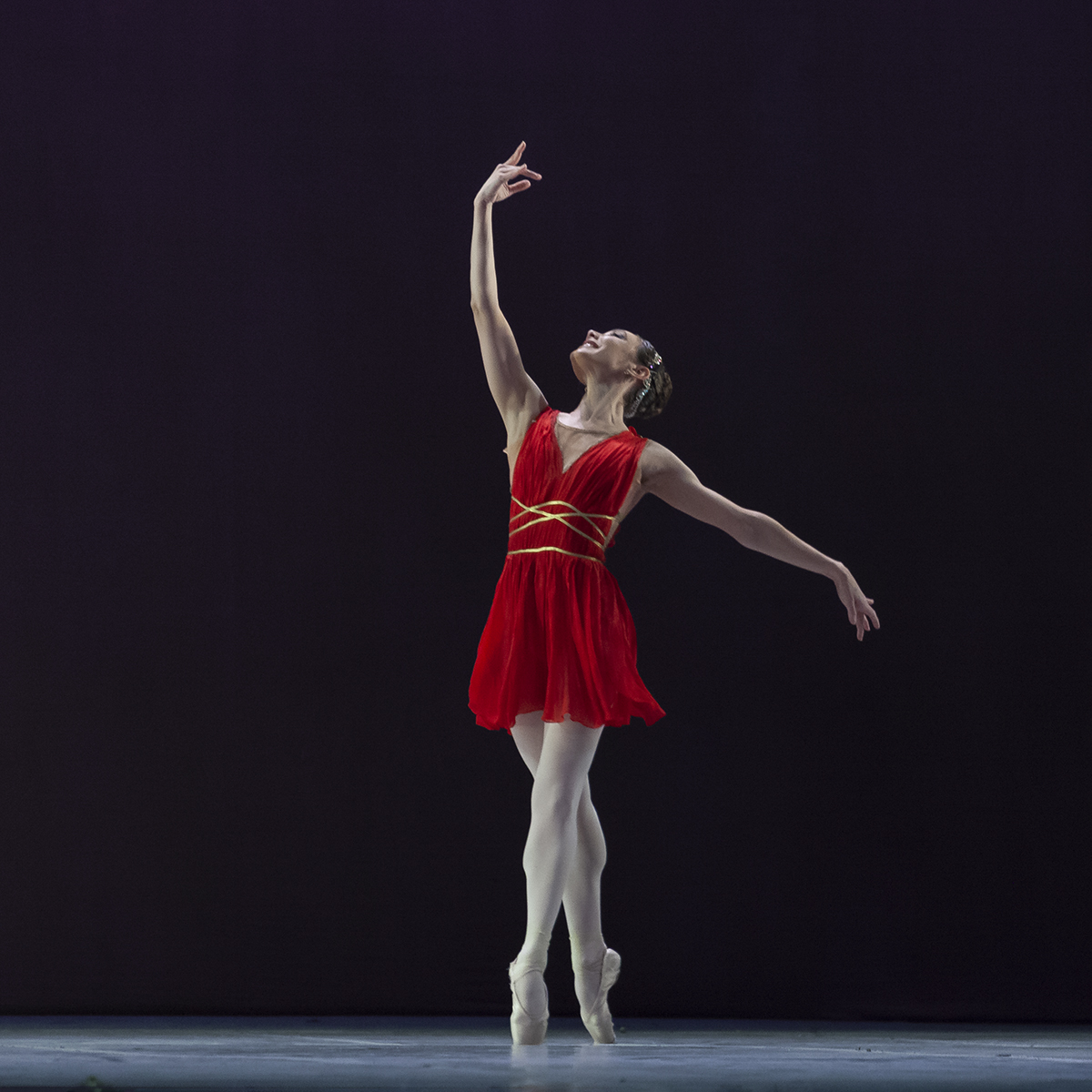
You started in the middle of the 1990s. I imagine it wasn’t easy to leave Holguín to embark on a new educational path in Havana.
It was very hard for my family, as it has been for many others. We were very poor; we did not have help from any relative abroad, like other people who perhaps could receive some support that would make life a little easier during that period.
In Holguín we had a vocational art school and they provided us with education there, but we did not have all the means, like pointe shoes and so on. This situation influenced my level as a dancer when I arrived in the capital since it was much lower than that of the rest of the girls.
Traveling from Holguín to Havana, due to transportation problems, turned into indescribable adventures that my father and I faced together.
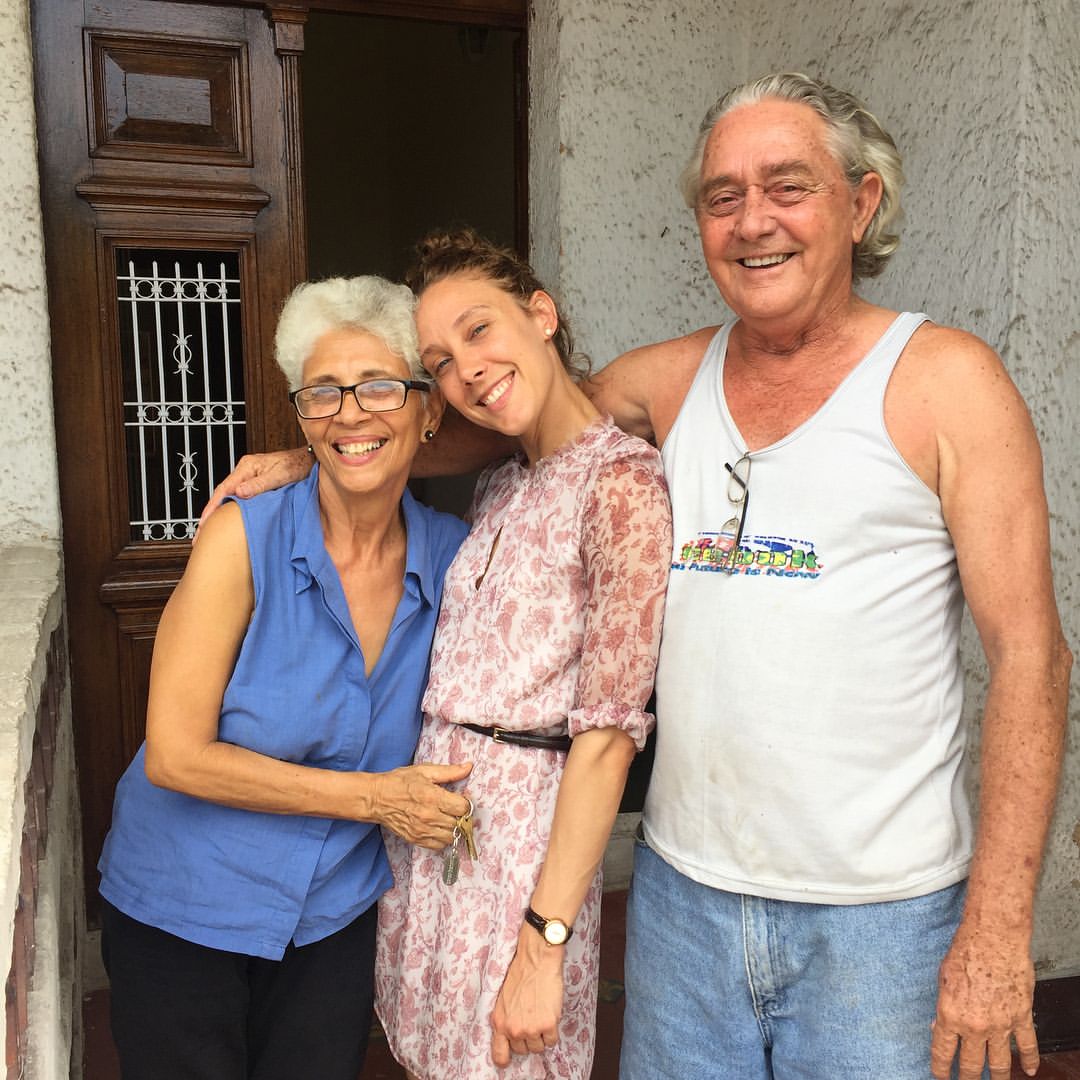
When I started my studies in Havana, I was one of the less advanced in the group and this required me to work much harder. That also trained me; I knew that if I wanted to reach the level, I had to make the effort and work three times as hard, despite the difficulty of leaving my native town to come to study ballet in this city, being far from the friends I grew up with, my family, and adapting to the capital’s mentality.
I don’t know now, but at that time the way of thinking in Havana was different from that of Holguín, and adapting to a new dynamic, to a way of seeing the world very different from what I was used to, was difficult for me. They were difficult years, yes, that formed me and helped me a lot to be a dancer and a strong person.
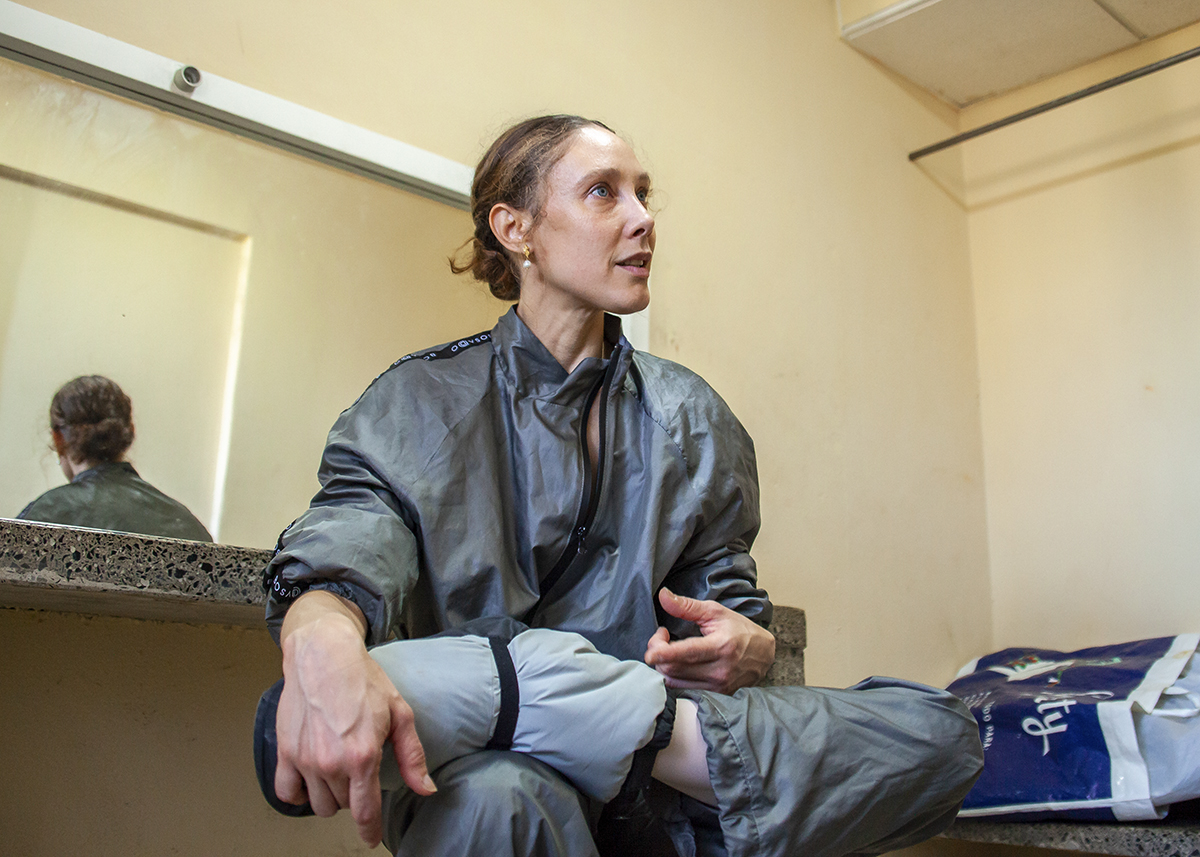
How do you remember yourself as a child?
It was terrible (she smiles). I had too much energy and it was difficult for me to stay calm in a single activity, because I was hyperactive. My mother says it’s because I had a very difficult childhood, because we moved a lot; we lived in very small places and I developed some anxiety, I walked on tiptoes and had a hard time putting my feet on the ground. At that time I was even prescribed me some drops to calm me down.
I was always running, playing with the boys, climbing the mango trees, riding chivichanas. I was always hanging around, in a very innocent way, which seemed fun to me, because I needed to let go of that energy.
Then my mother discovered a Swedish writer for me, Astrid Lindgren — Pippi Longstocking (1945), Ronja, the Bandit’s Daughter (1981), among other titles —, whose work captivated me. That world became a refuge for me and everything that had to do with Swedish stories, tales of trolls, gnomes, fascinated me. It is a fantastic universe that protected me a lot from the difficult situation we had at home and at school because as I was hyperactive, I spoke a lot, loudly and I liked to sing, sometimes the teachers thought I was “strange,” but I simply didn’t know what to do with that energy and this world of fantasies helped me a lot.
I remember reading The Hobbit and The Lord of the Rings and understanding that they had to do with my imagination and my interests, which were then channeled towards dance. In some way, I felt out of place, but that energy helped me find my purpose because I have always been passionate and I think I have put a lot of myself into anything I like. That shaped my character and greatly influenced who I am today.
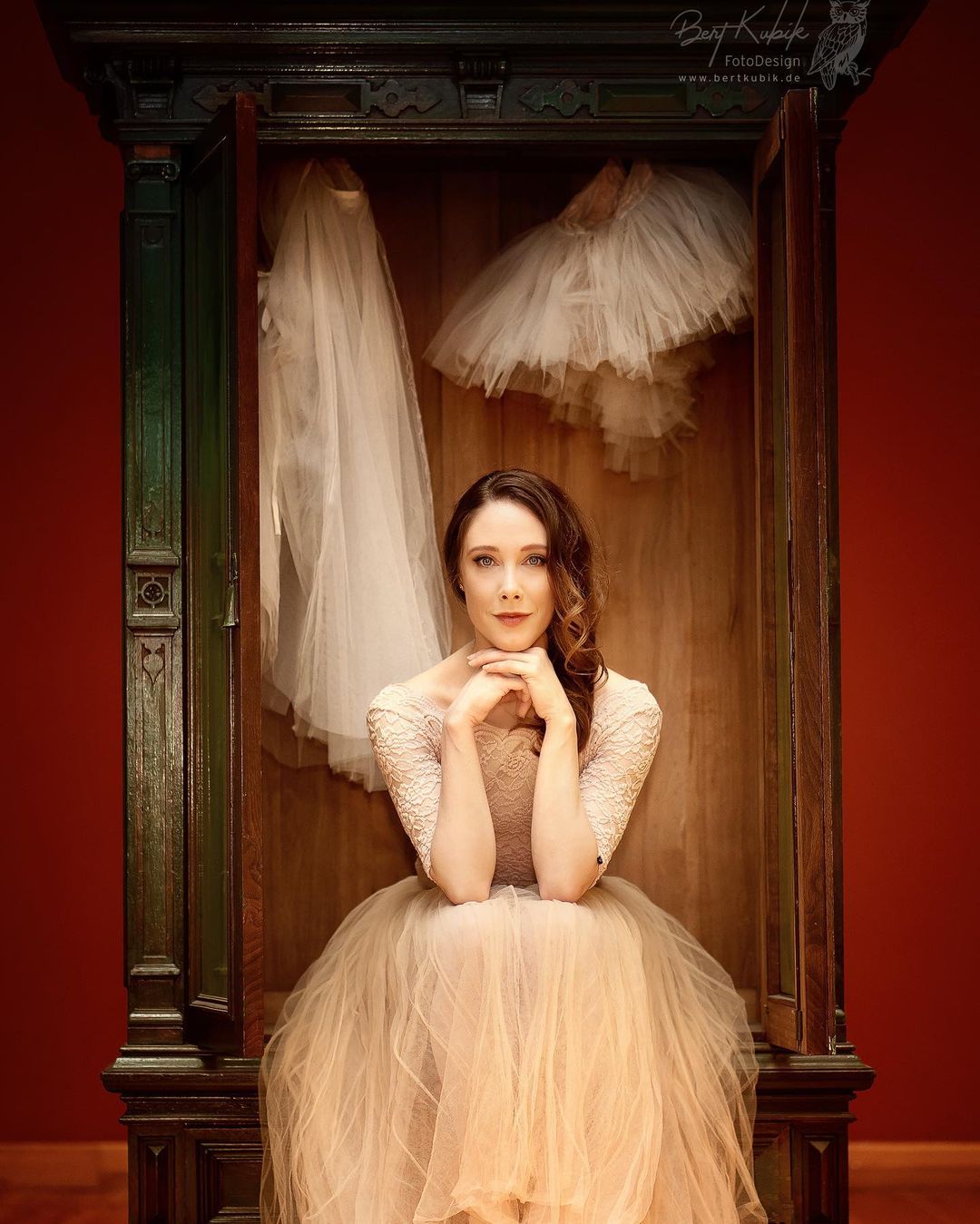
When did you become aware of your passion for classical dance?
My dad took me to see the ballet in Holguín when I was a child, but I honestly don’t remember those moments much. He says that once I fell asleep during the performance and that has remained a family anecdote. The truth is that for me ballet became a way to stay active and channel my energies.
I used to practice gymnastics and my parents thought that going to ballet school would be better than sports. Since I entered, I was fascinated by the space and the training, seeing that I could move to the rhythm of the music, I loved that, but I was not aware of what that dance was. It only came to me here in Havana, when I went to the National Ballet School and I realized that my technique was not very good, that I was behind. I felt some disappointment and thought that maybe this was not what I should do.
Then I saw for the first time a presentation by the National Ballet of Cuba, in the García Lorca room. That night I saw Lorna Feijóo in the lead role in Don Quixote and I was incredibly struck by it. I got up to applaud when I shouldn’t have and people told me to sit down (she smiles). When I left the performance, I felt something that I couldn’t explain, but I was determined to get there, sure that that was what I wanted to do. It inspired me a great deal.
I spent three years working very hard. The first year I worked out until 10 at night because I knew there was potential; the teacher told me. But I had to work harder, learn to think how to execute the steps. By that time it was clear that I wanted to become part of the National Ballet of Cuba and be a prima ballerina.
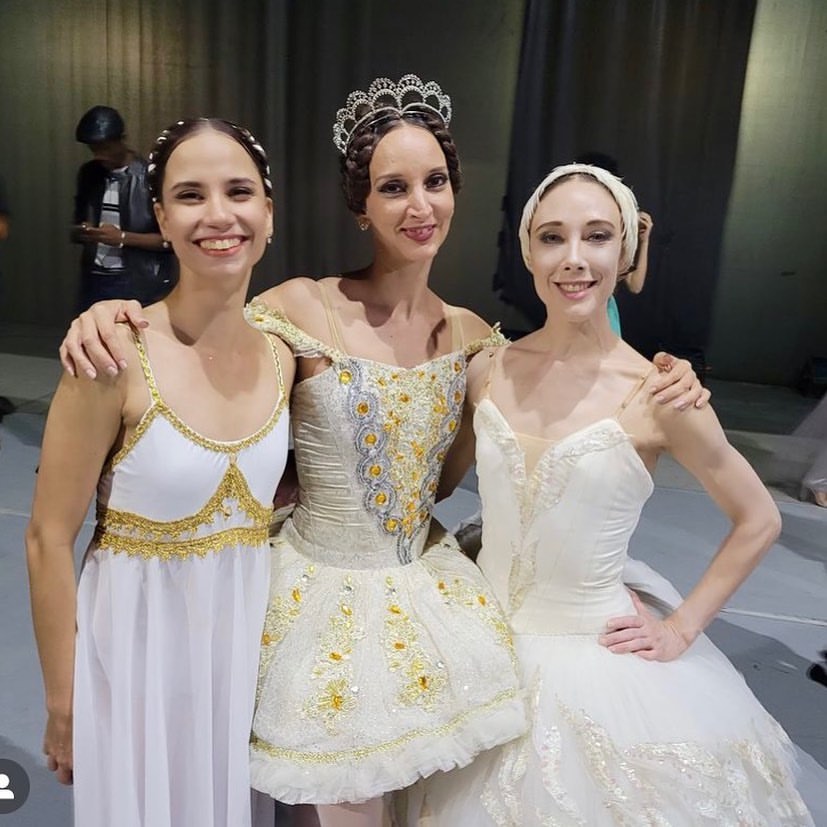
The stories you read as a child brought you closer to a certain magic present in the works that you later performed in ballet. To what extent was the fantasy of the classics important to translate it into technique?
You have to believe in the energy to be able to tell the story, because in the end that’s what the audience wants to see. Of course, they want to see the technical-artistic development and virtuosity, but if the story is not told it has been useless. In the end, whether it’s Swan Lake or Giselle, you tell a story and you have to believe in the character, study it to know at every step what it says and what it thinks so that it reaches the audience.
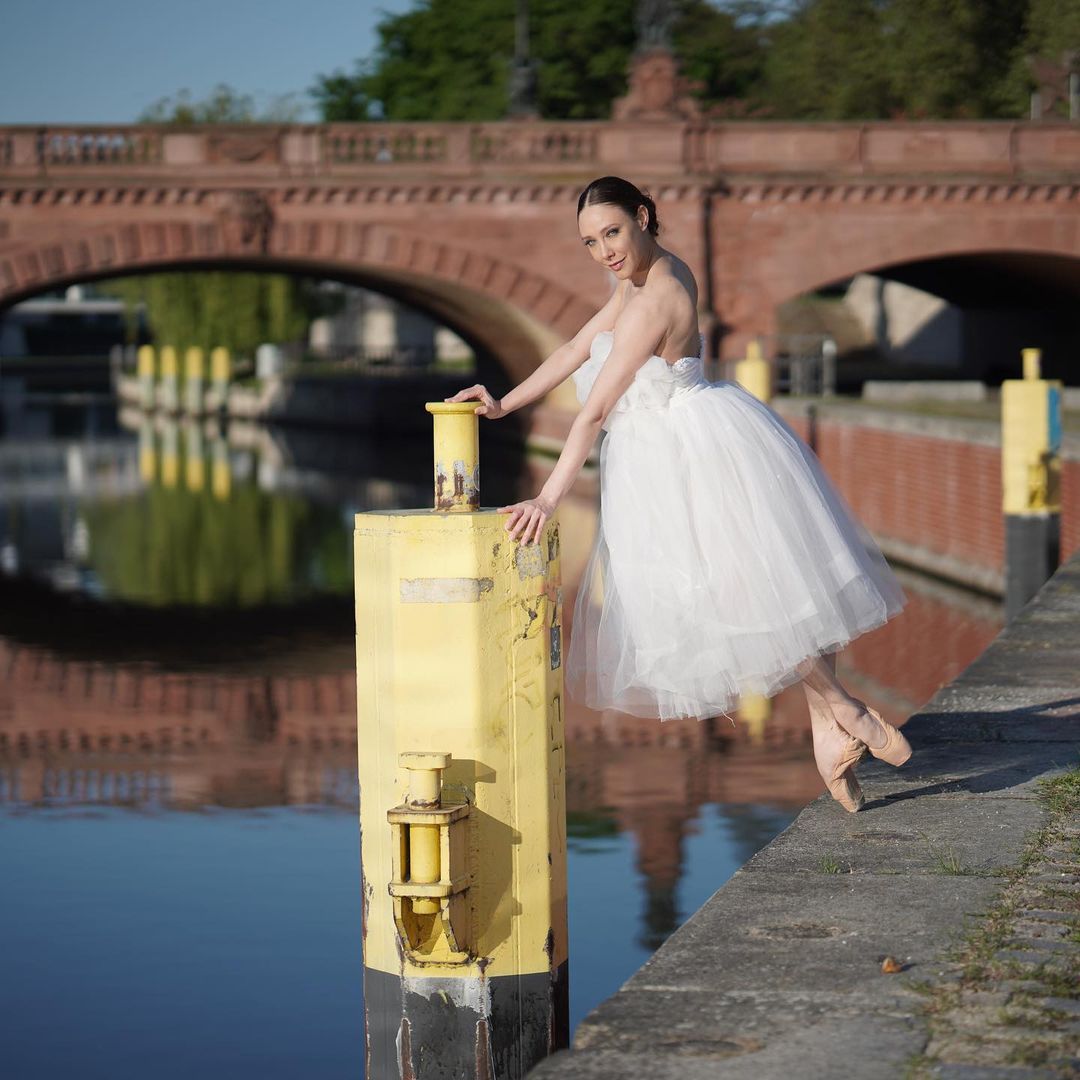
We saw you in the Jubilee season for the 75 years of the BNC assuming the role of the white swan. What did you feel on stage? What happened there?
I try to feel every muscle… not like a swan because I can’t really think of what the animal feels like. My strategy is to look for how a woman would feel transforming into a creature and what I try, when I play the swan, is to feel every muscle in my arms and torso to achieve that sensation and make it perceived.
The swan must look at its reflection in the water. If I think about the step and fail to reproduce it, that moment is lost and the audience only sees a step that failed, but if I am looking at my reflection in the water, perhaps the spectators do not see the step, but they see the swan reflected; there you are telling the story. I try that when I’m dancing. It is about technique being transformed into feeling and that the technical step is not perceived.
But disconnecting the character from the technical difficulty is difficult; I always try to at least make it clear that it is a swan who makes a technical step and not Yolanda. That’s something Natalia Makarova (Leningrad, 1940) told us when we prepared her version of Swan Lake: “The technical step will happen. The technique is there and they know how to use it, but what we all want to see is the swan looking at its reflection.”
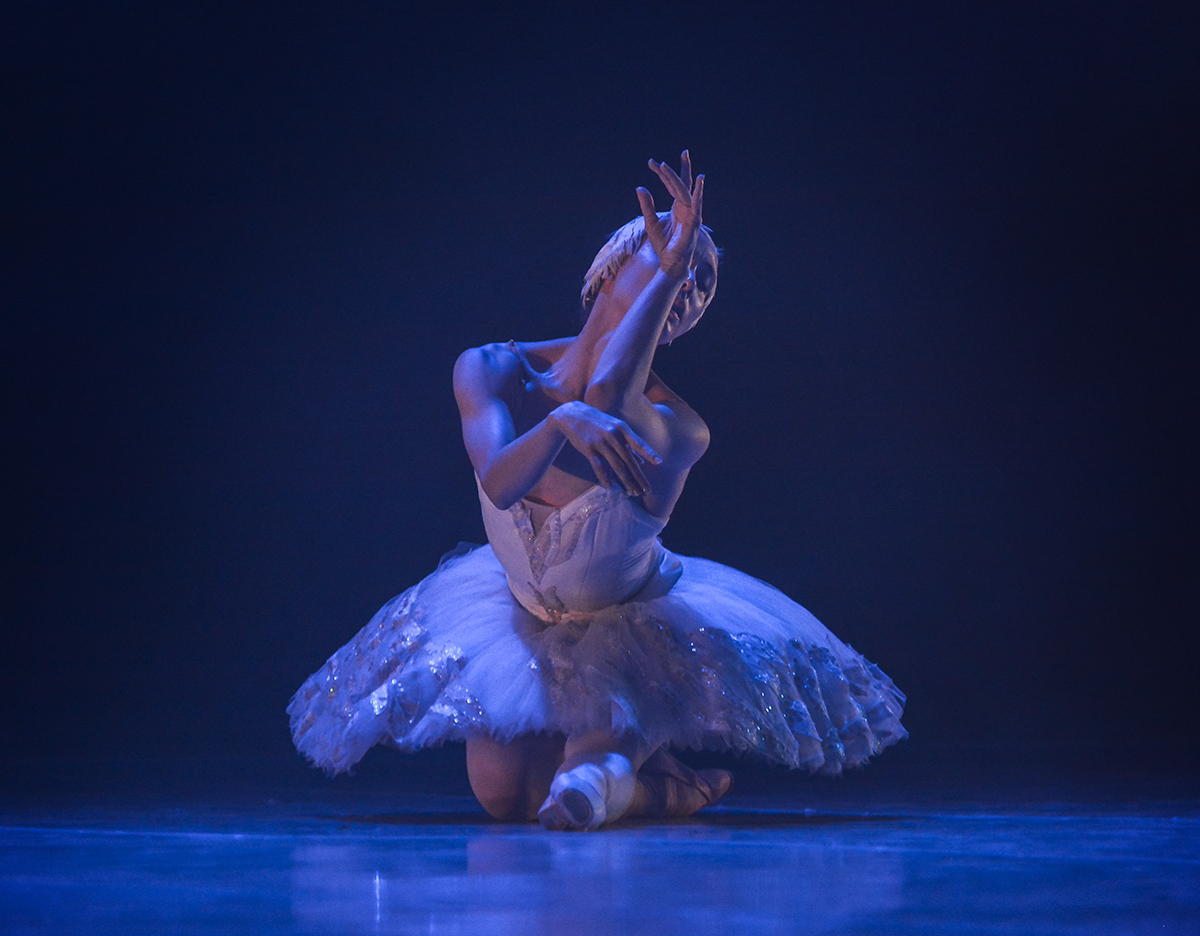
What is it like to return to reality when the show ends?
It is difficult to disconnect after the performance. It’s hard for me to sleep after each presentation because I’m left thinking about what I did, what went well, and what didn’t. When the performance ends and people come and congratulate me, it is complicated for me, because I remain in a state of emotional transit. Let’s say that it becomes difficult to be me again completely. At those times I feel a little slow when it comes to responding and it’s because I’ve just used a lot of energy and my brain has been so involved in the function that I’m sort of on standby.
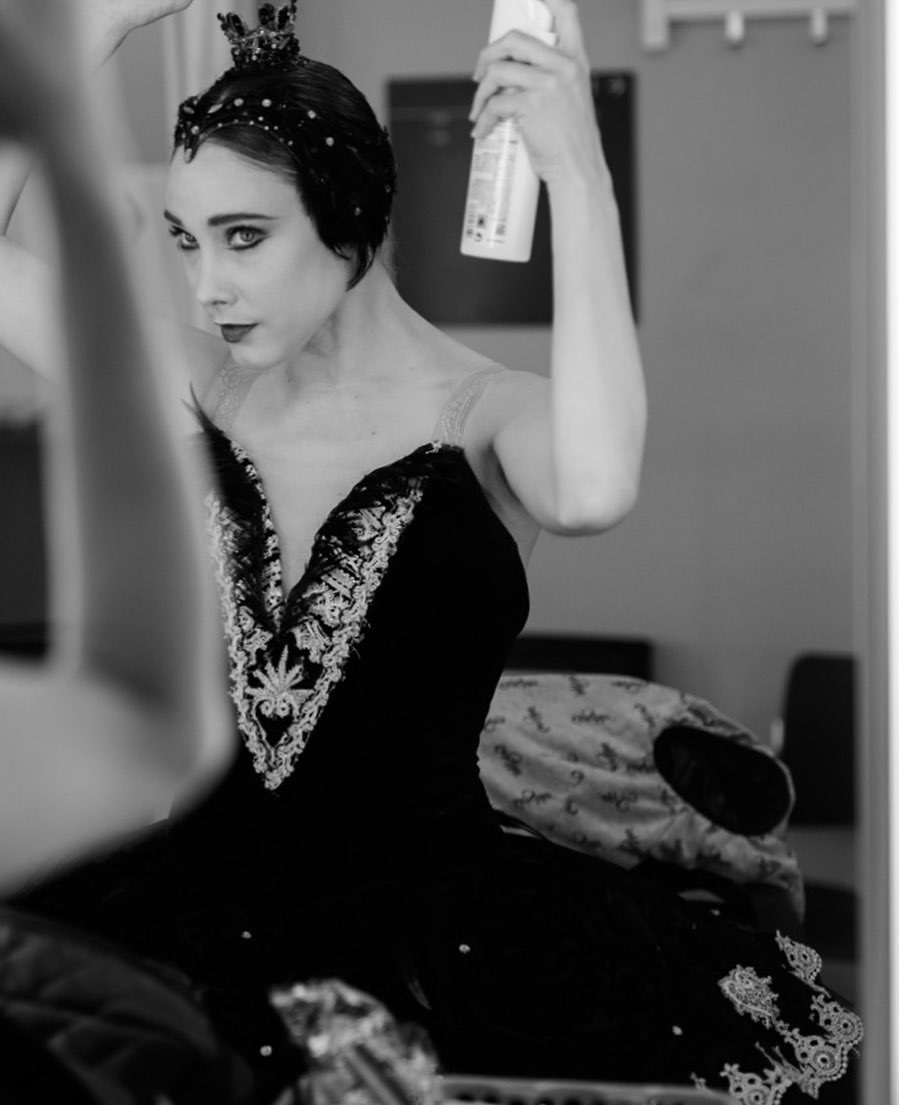
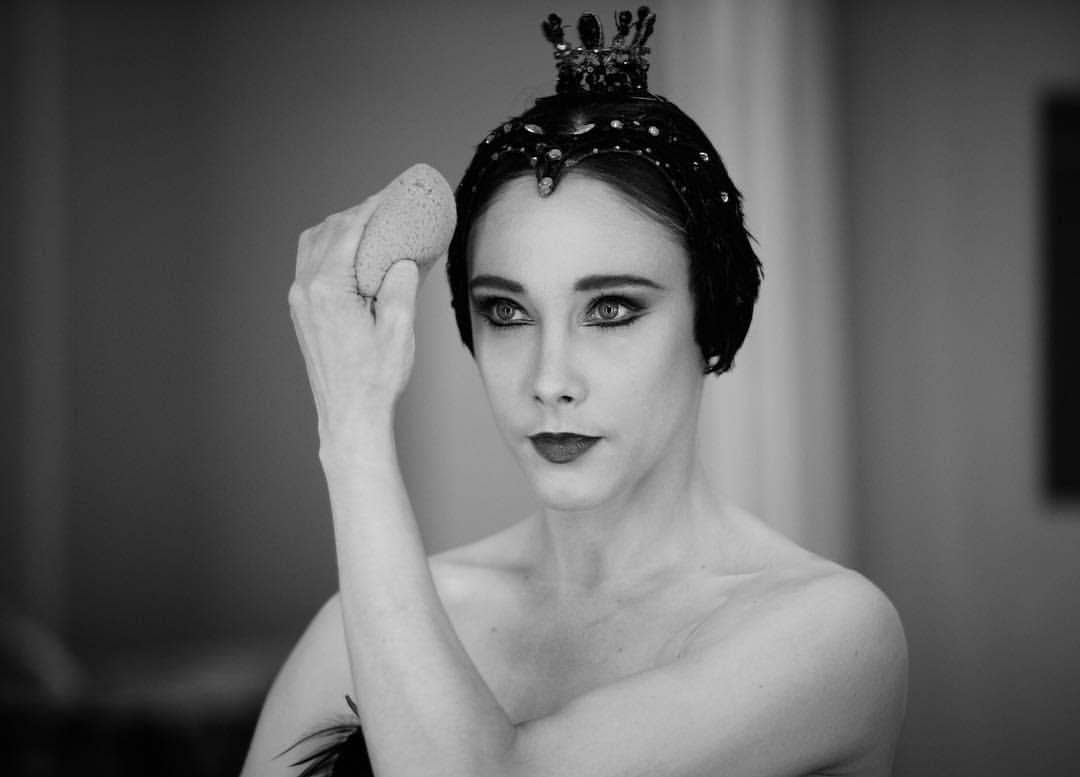
Many characters endorse your acting skills and you have held the title of first ballerina in three companies. What did the transition of the National Ballet of Cuba to a new stage in Europe represent?
Many things happened. I felt ready to take the step, to learn more with great excitement and desire, but also with a little sadness because I knew I was going to be away from Cuba for a long time. I knew that I wouldn’t see my family and friends again for a long time and even though the start of my international career was very good, I felt sad quite soon.
I had managed to become the first ballerina in Cuba; I didn’t want to skip any steps, I wanted to learn as much as possible from the teachers in my land — Josefina Méndez, Alicia Alonso, Svetlana Ballester, among others —, I wanted to nourish myself first and achieve a recognized position on the island. That desire was always very important and then I could think about refining the technique with other international schools.
How does the Norwegian National Ballet’s proposal come about?
I had a contract for a company in Hungary that, when I was about to sign it, had to be canceled due to the effects of the economic crisis of 2008. Then the maestro Víctor Ullate was visiting Cuba and, after seeing my debut in Sleeping Beauty in the Forest, he told me that he would like me to spend some time in his company. It was where I began my journey through Europe.
It was a good start, because with him we worked a little more neoclassical, very physical, and I felt the change from having only danced classical ballet to doing something different.
Having the classical component of the Cuban school and having danced with Víctor Ullate helped me a lot in Norway, a company with a vast repertoire that has all the classics, all the contemporary ones and that again was a new training for me, something else that I learned.
The artistic director of the Norwegian National Opera and Ballet, Espen Giljane, was looking for a dancer who could do all the classical ballets, who had good technique, but rhythmic movements, who could do the same Don Quixote as Romeo and Juliet. He saw a Sleeping Beauty video of mine on YouTube and asked me if I wanted to audition. From Spain, I went to Norway for an audition and he gave me the job with Joel Carreño; and that was when we both began and when another career began for me in Norway, where I have learned a lot.
I imagine it was a bit painful for the BNC you left for another company. How did you manage that moment?
Alicia permitted us. I think we were privileged because I know that it has not been the same for other dancers. Let’s say that, perhaps, at that moment she realized that it was important for us to have this experience; furthermore, something that we always made clear was that we did not want to lose the link with the National Ballet of Cuba.
We wanted to go out to learn and be able to bring what we learned to Cuba, remain first dancers and return whenever possible. Of course it helped a lot that she understood it, because later we were able to return, work in the company, attend the festivals. That bond for me has always been very important and necessary.
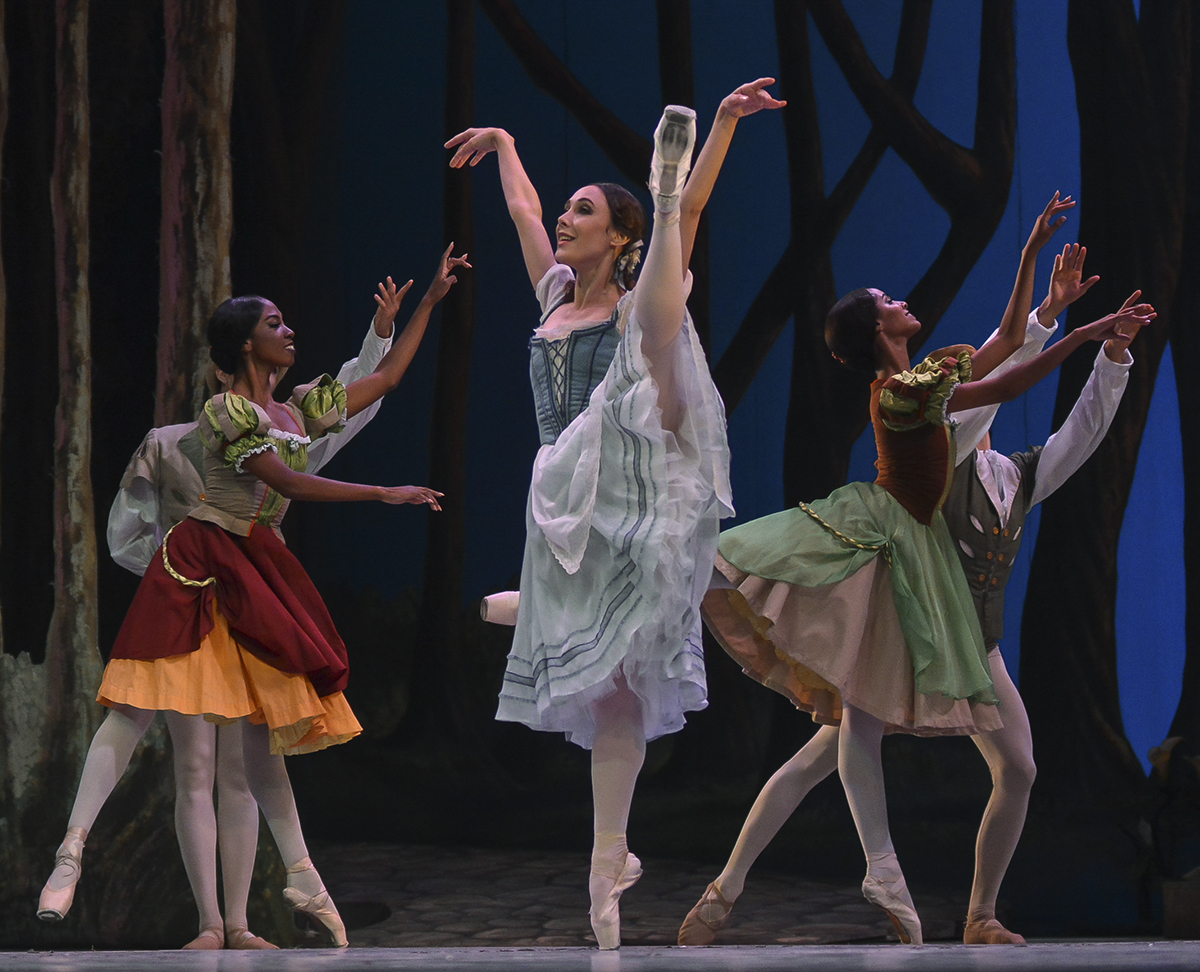
In the middle of this adventure of life and creation in Oslo, the Staatsballet-Berlin appears.
After a few years in Oslo, I wanted to continue learning and needed a change. I have always been convinced that this must be constantly questioned: what more can I learn and what more can I contribute to my career, while I am still in a position to do so.
Staatsballet director Johannes Öhman knew that I was looking for something temporary. We had already worked together when I was director of the Opera in Stockholm. Then he invited me to dance Don Quixote, in Nureyev’s version, and he told me: “A little bird told me that you are looking for a change.”
I went and auditioned to make it official and they gave me a position in the company. The Staatsballet Berlin, with an extraordinary level, good dancers and excellent people, is a group that I felt part of very early on.
I went there with permission from my Norwegian National Ballet director, Ingrid Lorentzen; she gave me years of leave until at one point she told me that I had to return. I also felt that it was time to return home to Norway and establish myself as a dancer and teacher, to share what I have learned.
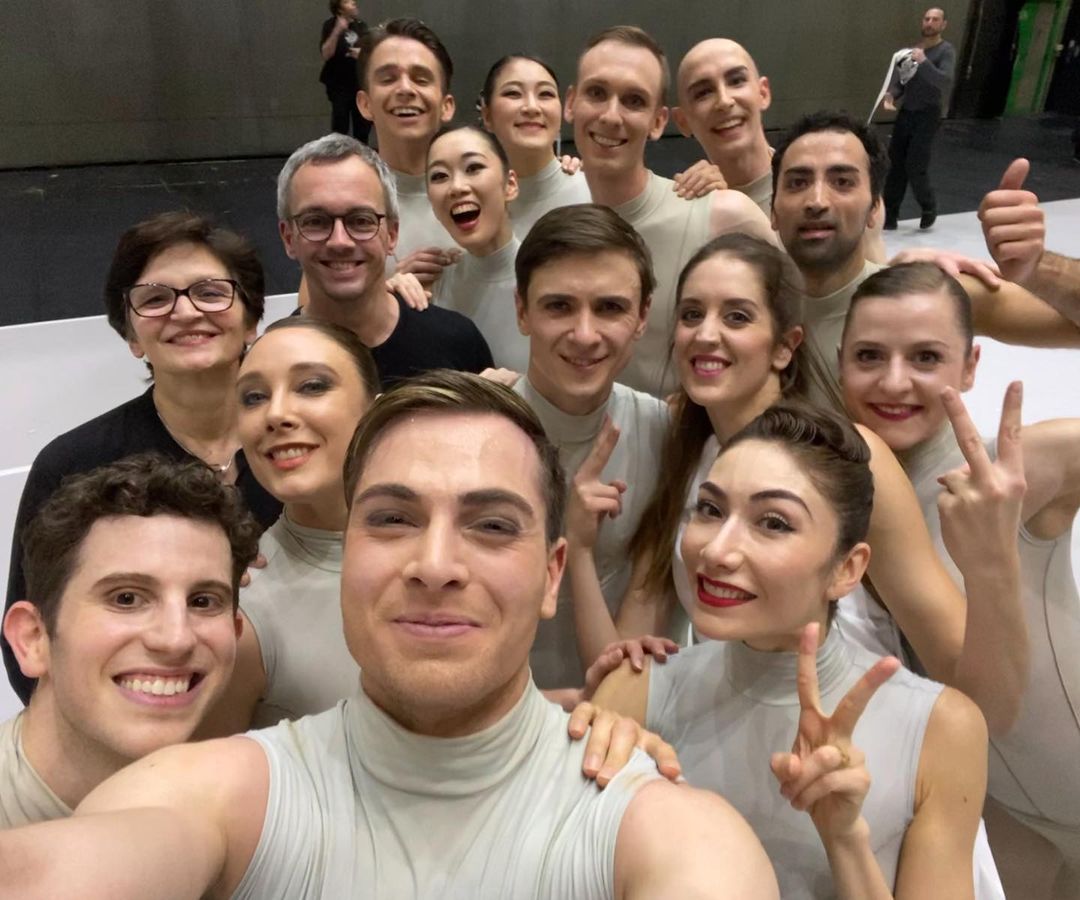
Do you have another company, another change in sight?
No. It’s been enough for me. Additionally, my director needs me to train young dancers because of all the training I have had in so many places. That’s what they need and I feel very good at the (Oslo) Opera House, the company’s headquarters; it’s like being at home and everyone who works there is close to me, the opera staff, the dancers… we are big family.
Pieces like Cygne come to mind, which we saw you perform during the last Havana Ballet Festival, or Du bist die ruh, a piece whose video circulates on YouTube. As a dancer, you show how important it is to expand your gaze and be able to take risks.
I’m lucky. Since I left Cuba I have been exploring paths: classical, neoclassical, contemporary, theater, singing, and acting. Cygne is a very nice work, a little more classical but breaking the patterns, taking the body to an extreme; I did it with Daniel Proietto and he pushed my body to the limit. It is inspired by Anna Pavlova and the abandonment she experienced when she danced. He used that.
Du bist die ruh is a musical piece by Schubert that inspires Andreas Heise, a German choreographer. We carried it out during the time of the pandemic, amid isolation. His work is very contemporary, very primitive and earthy, and he even made me sing at the end of the piece. At first, I didn’t get it because the movement is very intense, it demands a different type of physicality. I had to train a lot.
I have always had the desire to sing and I have tried to do it on stage, but without being the singing dancer. It’s like a detail that one adds to the dance. I would like to explore my voice, but for that, I would need training.
How do you handle the creators’ ideas in the production stage? What is that dancer-choreographer dialogue like?
I think that if you understand the concept that the choreographer proposes, it is much easier to create or improvise. It is very useful that the choreographer can convey to you what he wants and gives you the tools to develop your interpretation as a dancer.
When I don’t understand what the piece is about or what to say, things get difficult. It hasn’t happened to me much, but I have experienced it. I have had to talk with the choreographer and, sometimes, take out a bit of words, theories or concepts to identify what the creator really wants, to get what he is looking for.
Whenever there is a dialogue, something can be achieved. The dancer is the vehicle and the fluid exchange facilitates everything.
Are there any pieces that are impossible for you?
Yes of course. Impossible ones exist, but I would still dare to do them. I love challenges, especially when they seem unrealizable. There are technical things that are still difficult for me. They say that every dancer has an impossible step, but in my case, I have not wanted to give up the idea of continuing to try. If I can’t do it, I will try it again, maybe one day I will achieve it.
Some movements require repetition for coordination, there are others that, due to injuries, I cannot do and, even so, I try to find a way around them, to do them differently, because I have never liked the feeling that I cannot do something due to age or due to injury. I always look for a way, even if it doesn’t turn out the way I want, but in the end, I try to continue fighting for something that I feel keeps me alive and wanting to learn.
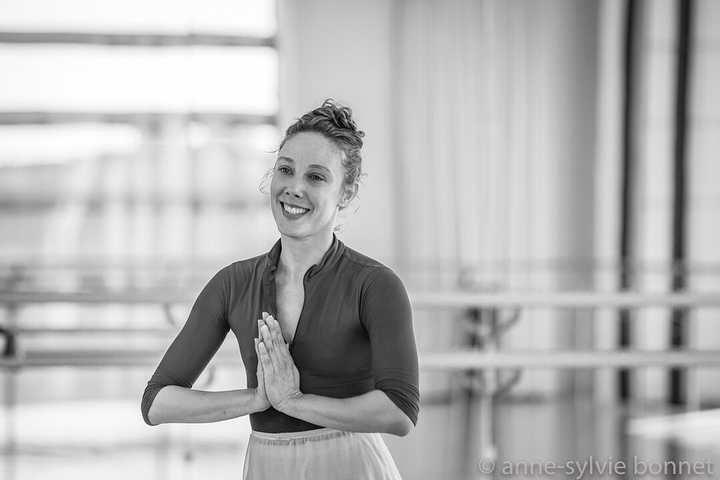
How do you deal with error, failure?
Well, when it happens I always feel bad. But the failure is followed by another step. The next step is to be enjoyed; everything can be fixed the next day through constant study and practice.
How do you break out of the contours of ballet? What hobbies help you explore other paths?
I take singing lessons that help me a lot and I try not to stop there. I’m studying Norwegian and social studies to learn about history, which I love. I am also seduced by psychology and neuroscience; how the brain works seems fascinating to me.
I am also studying administration and leadership, to learn to lead, to be a good leader.
Do you see yourself running a company in the future?
It’s something I would like to do. I would like to, but first I want to work with the dancers and share what I know, feel part of a company and work with the group directly.
After this gift to the Cuban public with your presence during the Jubilee for the 75 years of the BNC, will we see you in Cuba soon?
I would love to spend a season in Cuba dancing and teaching here, giving classes, doing rehearsals, and working with the young people of the National Ballet of Cuba. For now, I’m still in Norway, exploring paths, teaching classes. The dream of motherhood is also around; it would be wonderful.
After a professional dance career that spans more than two decades, if you had not been a dancer, could you imagine another path?
I think music. In fact, singing came before ballet. There was a lot of Disney in it.
The fantasy is still there, sometimes I feel like a child and sing at home some songs from Walt Disney movies; I also like opera, gospel music, voice choirs, I even had my rock side, a fan of Aerosmith and Guns ‘N Roses. Definitely, singing.

